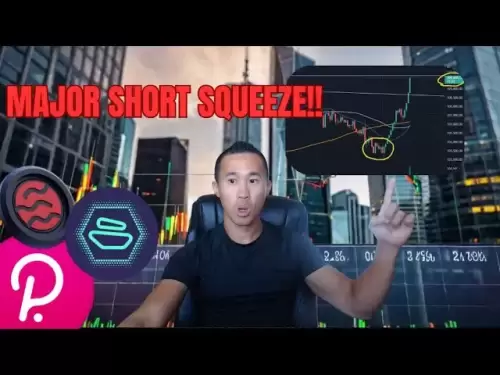Explore how Bitcoin whales, profit-taking, and market dynamics intertwine to influence the crypto's price movements and overall market sentiment.

Bitcoin Whales, Profit, and Market Volatility: A Deep Dive
Bitcoin's been dancing between $100K and $110K, and all eyes are on the big players – the Bitcoin whales. Their moves, mixed with profit-taking and market jitters, are stirring the pot. Let's break down what's happening.
Whale Activity and Profit Realization
Recent data highlights a major profit-taking event on Binance. Over $2.6 billion in profits were realized on June 16 alone, leading to immediate selling pressure. This shows how much whale activity can influence short-term price trends. According to CryptoQuant, about $4.5 billion in realized profits occurred across centralized exchanges, with Binance accounting for nearly 58% of that volume. That's a hefty chunk!
Binance's role in price discovery is significant. Whale behavior on this platform often mirrors broader market sentiment. When these high-net-worth individuals make big moves, it can signal potential trend reversals or sustained accumulation phases. Keeping an eye on realized profit and loss metrics, especially on high-volume exchanges like Binance, is crucial for understanding market dynamics.
Long-Term Holders vs. New Whales: A Tale of Two Strategies
While some whales are taking profits, long-term holders (LTHs) are also part of the story. Despite Bitcoin trading sideways, on-chain indicators show persistent selling from LTHs – those who've held their coins for over six months. This might seem like a bad sign, but it could actually be constructive. As older holders sell, new demand is absorbing the sell pressure, indicating a rotation from old to new buyers, a common occurrence in the mid-to-late stages of a bull market.
On the other hand, newer Bitcoin whales seem more prone to panic selling, especially amid geopolitical tensions. Remember that Israel-Iran ceasefire? These newer investors react quickly to negative news, intensifying price swings. Their rapid exits reinforce resistance at critical levels, like near $111,000. CryptoQuant's Exchange Whale Ratio, which measures whale activity on exchanges, shows whales preparing sell orders around this level, limiting upward momentum.
Geopolitical Uncertainty and Market Jitters
Geopolitical events are definitely adding fuel to the fire. Newer whale investors are particularly sensitive, reacting swiftly to negative headlines. This rapid selling triggers further volatility, affecting leveraged traders and hindering sustained upward movement. For Bitcoin to break above that key $111,000 level, whale selling needs to ease. Lower realized losses and reduced exchange inflows would signal improved market confidence.
The Bottom Line
So, what does it all mean? Bitcoin's price is a tug-of-war between profit-taking whales, long-term holders redistributing supply, and jittery new investors reacting to global events. Keeping a close watch on these dynamics is key to understanding where the market might be headed. Whether you're a seasoned crypto pro or just dipping your toes in, understanding the interplay between Bitcoin whales, profit, and market sentiment is essential. Now, go forth and trade wisely (and maybe with a bit of humor)!













































































